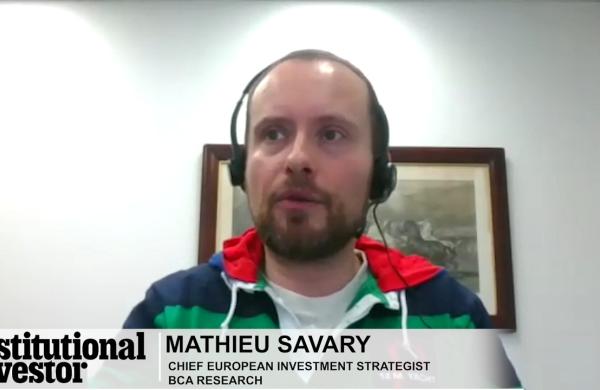Marc Cooper does not do mellow. The fast-talking New York banker in the Zegna suit and Patek Philippe watch stands out as he prowls the Huntington Beach, California, offices of laid-back surfing-duds maker Quiksilver. He is speaking animatedly, as always, on a Bluetooth cell phone.
“Marc is the quintessential New Yorker,” shrugs Joseph Scirocco, Quiksilver’s CFO. “He is highly charged and always on the go.” But Cooper is no surfer (he’s not relaxed enough, confides Scirocco). Instead, the 48-year-old banker is into competitive cycling, frequently racing up to 100 miles at a stretch.
Last spring when Cooper visited Quiksilver, it needed a little New York intensity. Fast. The ultracool company, which has surfer blogs and music and art collections on its Web site, had paddled into some rough waters with the recession. It suffered a loss of $66 million in the first quarter of 2009, compared with a gain of $8 million in the first quarter of 2008. More ominous, the highly leveraged company, which had been downgraded in January ’09, faced a tsunami of hundreds of millions of dollars in debt coming due last year. Quiksilver’s stock price had tumbled from a mid-2008 high of more than $10 to just 88 cents a share by year-end.
The company’s financial adviser, Morgan Stanley & Co., had tried to raise money or sell part or all of the company — to no avail. Displaying that characteristic New York trait, chutzpah, Cooper, a managing director at Peter J. Solomon Co. in Manhattan and a veteran retail industry banker, called up Scirocco, whom he knew through mutual acquaintances. The only way for Quiksilver to survive, he told the CFO, was for the company to further shrink its businesses and to focus on its core Quiksilver, Roxy and DC brands. In his pitch, Cooper contended that the well-established franchises were the company’s most valuable asset — and the most reliable way to attract fresh capital.
Cooper was hired. Over the next several months, he executed a recapitalization in a brutal capital market. He talked to no fewer than 50 financial institutions before finally recruiting Rhône Capital, a New York middle-market private equity firm, to provide $150 million in fresh funds last June. Rhône, in turn, obtained a first-secured interest in Quiksilver’s three brand trademarks and highly favorable terms. The five-year senior secured term loan carries 15 percent interest, and Rhône gets warrants entitling it to 20 percent of Quiksilver’s outstanding shares at a strike price of $1.86. The company’s stock had recovered to $5.63 as of mid-April.
“The creative transaction gave the company much-needed capital to survive and allowed shareholders to participate in the upside with relatively modest dilution,” says Cooper.
The banker, who grew up in the New York City suburb of Searingtown, always wanted to follow his father to Wall Street, where the senior Cooper, 81, still works as a stockbroker for Oppenheimer & Co. After earning a bachelor’s degree in economics and management in 1983 at New York University, Cooper junior started out as an analyst at Dean Witter Reynolds and five years later moved to Kidder Peabody & Co., where he started doing retail deals. After a stint at New York investment firm Scharf Brothers, he co-founded boutique investment bank Barington Capital Group in 1991, but Cooper eventually left because his partner wanted to turn into it an investment firm rather than an investment bank. He settled at Peter J. Solomon in 1999.
Cooper advised Barneys New York on its $294 million sale to Jones Apparel Group in 2004, and subsequently counseled Istithmar on its $942 million purchase of Barneys from Jones in 2007. Another notable transaction was selling California women’s sports-apparel maker Athleta to the Gap for $150 million in 2008.
In retailing, where brands count, Cooper is himself one. Thus, he reports that as consumers gradually have been recovering their yen to spend, he has been getting calls from big retailers wondering whether to use their reviving cash flow for acquisitions. His advice: Don’t grow for growth’s sake.





